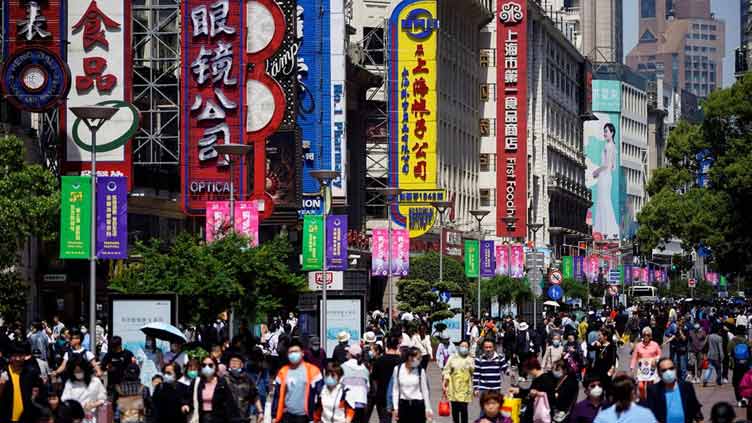China’s population fell last year for the first time in six decades, a historic turn that is expected to mark the start of a long period of decline in its citizen numbers with profound implications for its economy. The drop, the worst since the Great Famine of 1961, also lends weight to predictions that India will become the world’s most populous nation in this year. The population dropped by roughly 850,000 to 1.41175 billion at the end of 2022. Long-term, UN experts see China’s population shrinking by 109 million by 2050, more than triple the decline of their previous forecast in 2019.
Buy Prime Test Series for all Banking, SSC, Insurance & other exams
More About This Transition:
Last year’s birth rate was 6.77 births per 1000 people, down from a rate of 7.52 births in 2021 and marking the lowest birth rate on record. The figures also logged the highest death rate since 1974, registering 7.37 deaths per 1000 people compared with a rate of 7.18 deaths in 2021.
Result of The Autocratic Decisions:
Much of the demographic downturn is the result of China’s one-child policy that it imposed between 1980 and 2015 as well as sky-high education costs that have put many Chinese off having more than one child or even having any at all.
Beijing’s stringent zero-COVID policies that were in place for three years have caused further damage to the bleak demographic outlook, population experts have said. Researchers said the 60,000 death COVID death toll revealed by Beijing on the weekend was likely less than a tenth of the real numbers. Their modelling, based on current infection rates of about 65 per cent of the population, pointed to a possible 1.2 million to1.6 million COVID deaths by the end of 2023.
Find More International News Here




 Which Indian City is Known as the Footwe...
Which Indian City is Known as the Footwe...
 Which Desert is known as the Cold Desert...
Which Desert is known as the Cold Desert...
 Top-10 News Media Companies in the World...
Top-10 News Media Companies in the World...







